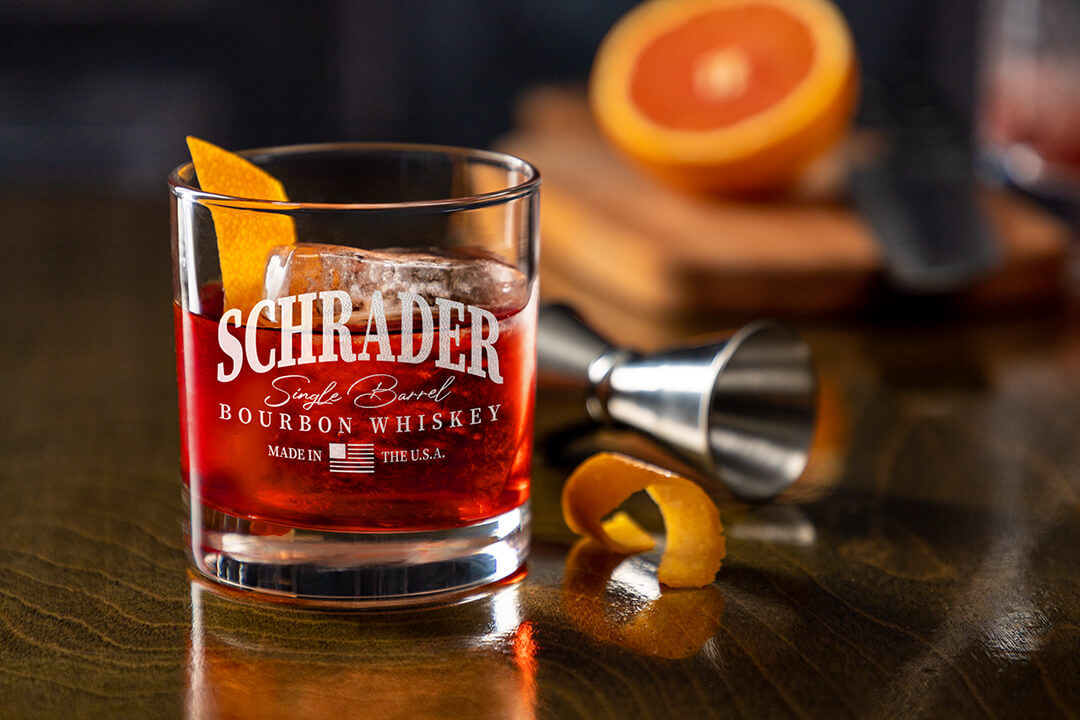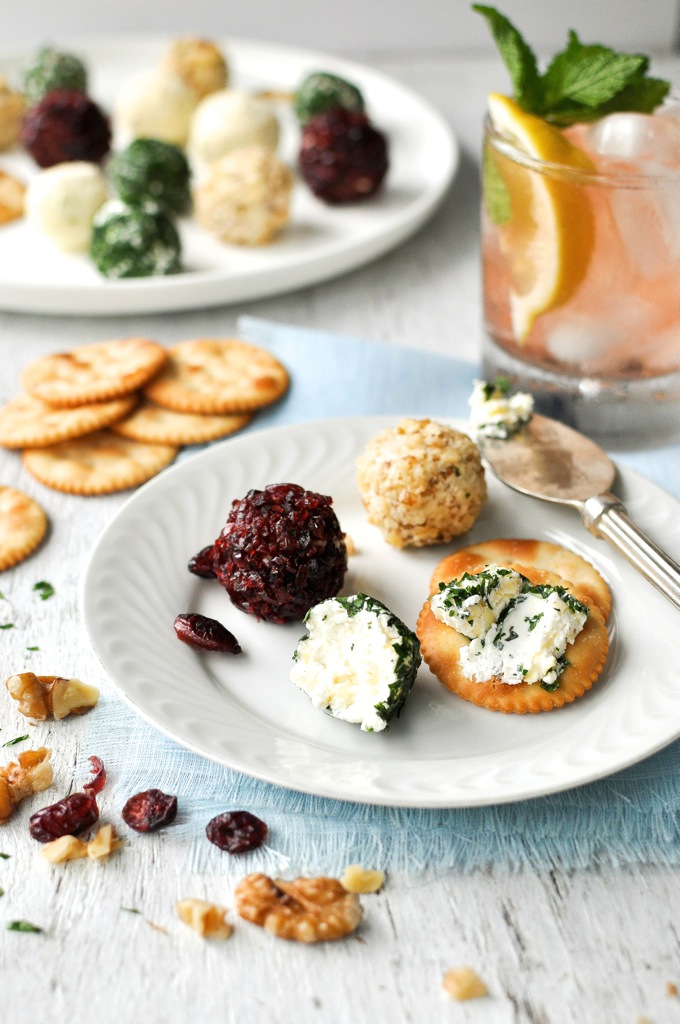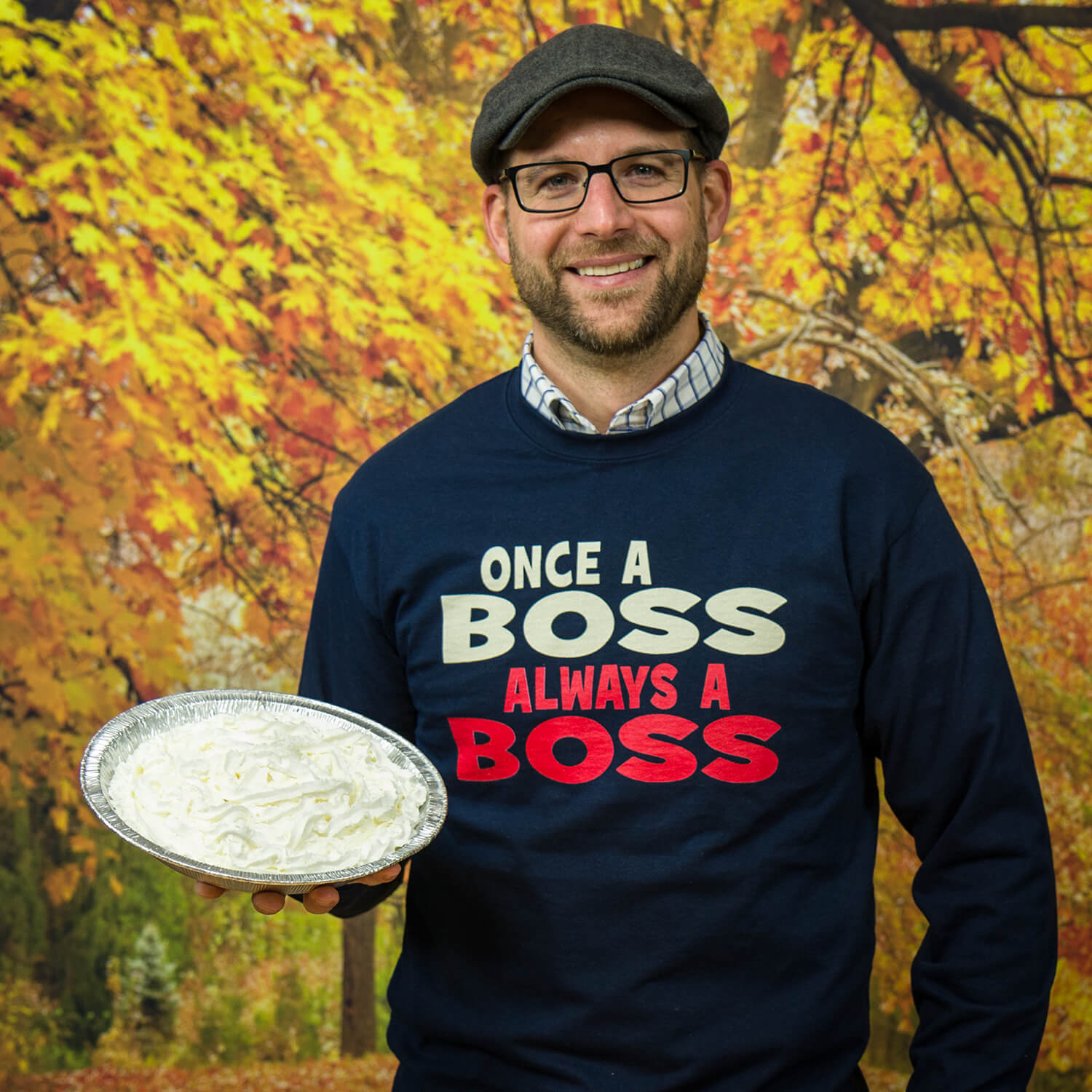A great cocktail is like great art, or music, or poetry – the first sip is to enjoy it for exactly what it is, and with the second sip you begin to examine how and why it works. What are the flavor profiles, where does its quality lie, and how do these distinct parts come together to form a whole? Subtle complexities. Balance. And a beautiful sense of temporality that evades many other art forms. Little masterpieces, artfully concocted, and experienced for a tragically finite length of time – a proper cocktail ignites the senses and builds a desire for more.
If you’ve read some of my previous blog posts or seen some of my videos I have a confession that might seem a bit strange: I don’t really seek out new cocktails. For the most part, I enjoy bourbon or rye, sometimes a single-malt or an Irish, and I usually drink them neat or with an ice cube or two.
Don’t get me wrong, I love a good cocktail. Thanksgiving takes place at my uncle’s, who happens to have a pretty impressive home bar where he serves up Old Fashioned after Old Fashioned – it’s his specialty and he makes it with passion and expertise. For a short while I really enjoyed the Vieux Carré, and I suppose I still do, it’s just a bit more labor and ingredients than I want in a relaxing drink – too many bottles to keep on hand for something I won’t make nearly often enough.
All of that said, I’ve been lucky enough to find myself in a few incredibly innovative cocktail bars over the years. Those happening spots where they have the classics, often with a twist, and they also have a number of originals from their in-house mixologists. I have a few favorites in The Village, the Bay Area, New Orleans, and one, strangely enough, at a steakhouse tucked off the Lincoln Highway in Ligonier, Pennsylvania. Chances are there’s a unique cocktail joint somewhere near you. If you’re an adventurous drinker, saddle up sometime and see what they can do.
If you’re still with me I assume you know where this is about to go. Well, I’m sorry to say that I don’t have a new cocktail for you—this one is about a century old—but it’s delightful, and it relies on a simple layering of different flavors. Cocktails tell stories, not just of the times and places you’ve enjoyed them, but also of the times and places from which they originate. The context of a drink is the context of a people and all the history that goes into a good story.
There are always these strange moments in time, and no one can predict them, when a pile of creative folks flock to some city and build a transformative movement – the 1920s gave us Modernism, which included abstraction, cubism, atonal music, stream-of-consciousness writing, and other styles that broke ranks with lingering Victorian and Realist sensibilities. A significant number of writers, artists, and musicians found themselves in a neo-Bohemian scene in Paris in the 20s, similar to what happened in NYC in the 50s & 60s and in San Francisco in the 60s & 70s.
Wherever you find artists, you often find coffee, affordable food, and good drinks. If we’re lucky, not only do we get to enjoy the music, books, and art of an era, but we also get to experience the drinks that have stood the test of time. Erskine Gwynne was one of many American ex-pat writers and artists living in Paris in the 1920s and 30s; he published a magazine called The Boulevardier and then went ahead and created a cocktail with the same name, a relatively straightforward drink with a complex flavor that exceeds the sum of its parts.
1.25oz bourbon or rye
1oz Campari
1oz sweet vermouth
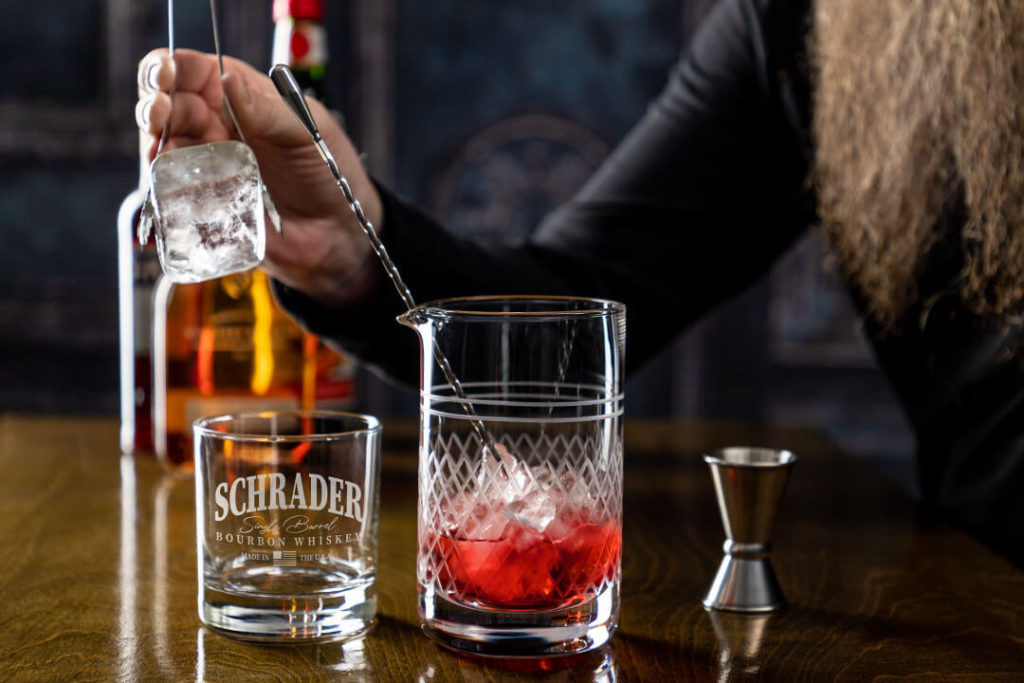
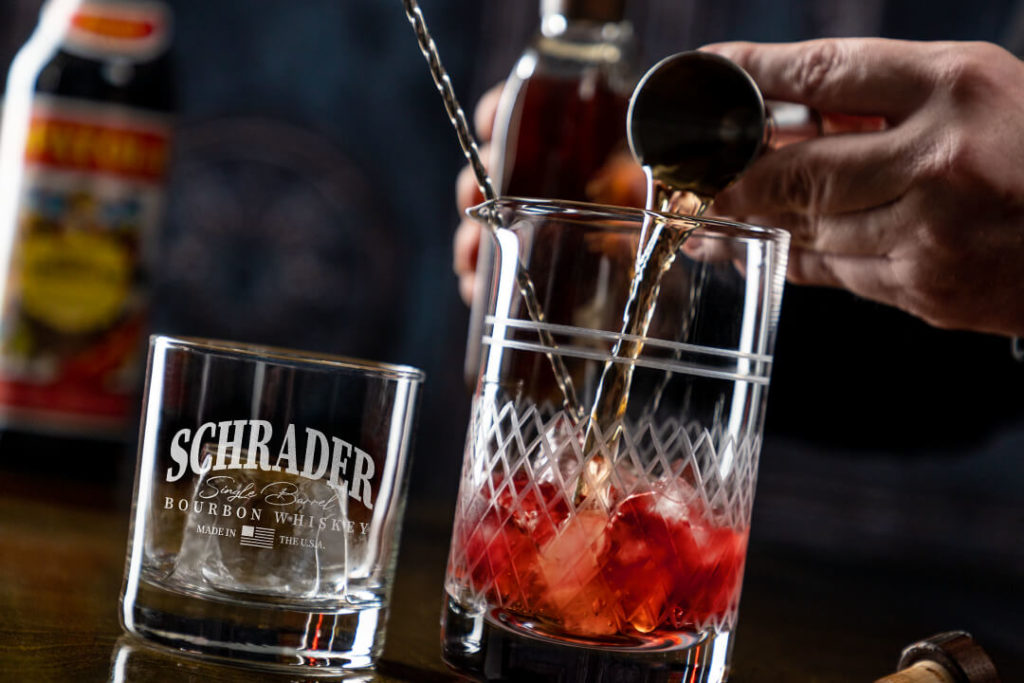
Stir it in an ice-filled mixing glass and then strain it into your rocks glass. It’s best served on the rocks.

Choose bourbon or rye based on your preference at the moment. The sweetness of bourbon, as well as the spice and bite of rye, plays well alongside the vermouth and balances out the bitterness of Campari. The Boulevardier is a fugue – staggered, balanced flavors that build a harmonic whole.
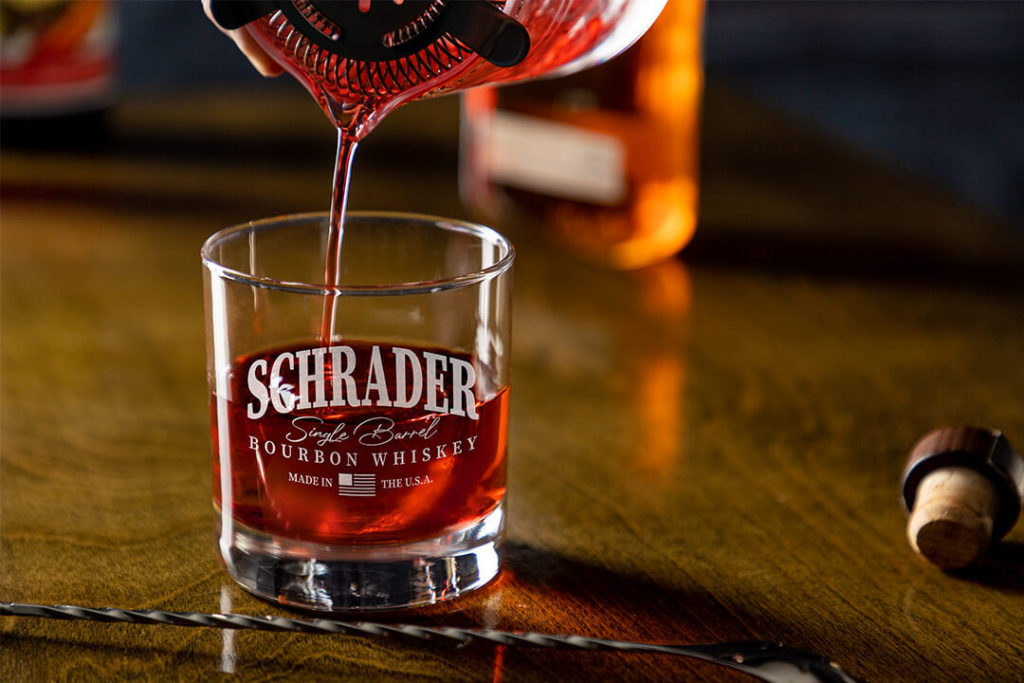
Feel free to experiment with portions and pours. The Boulevardier itself can be viewed as an experiment. You could look at it as a Negroni with whiskey instead of gin, or you could look at it as a Manhattan with an added shot of Campari. This is often how art progresses and evolves – when the artist enjoys what has worked in the past but has the impulse to create it anew with what works for them and for their time.
Finish it off by expressing an orange peel and then dropping it in as garnish.
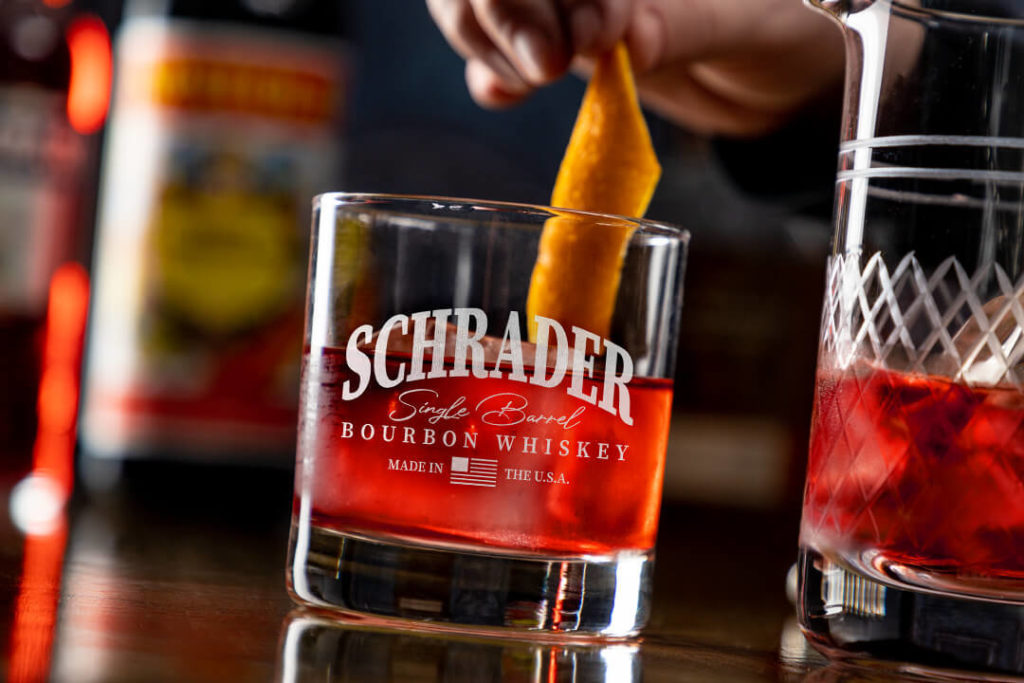
Sip. This is a sipping drink. Sit back and enjoy a moment of the simple and the complex, a moment where all works together harmoniously. Will a drink give you a complete philosophical or historical insight? Of course not. But if you’re looking for an interesting cocktail, one with both a good story and a great taste, mix up a bourbon Boulevardier and find a comfortable seat.
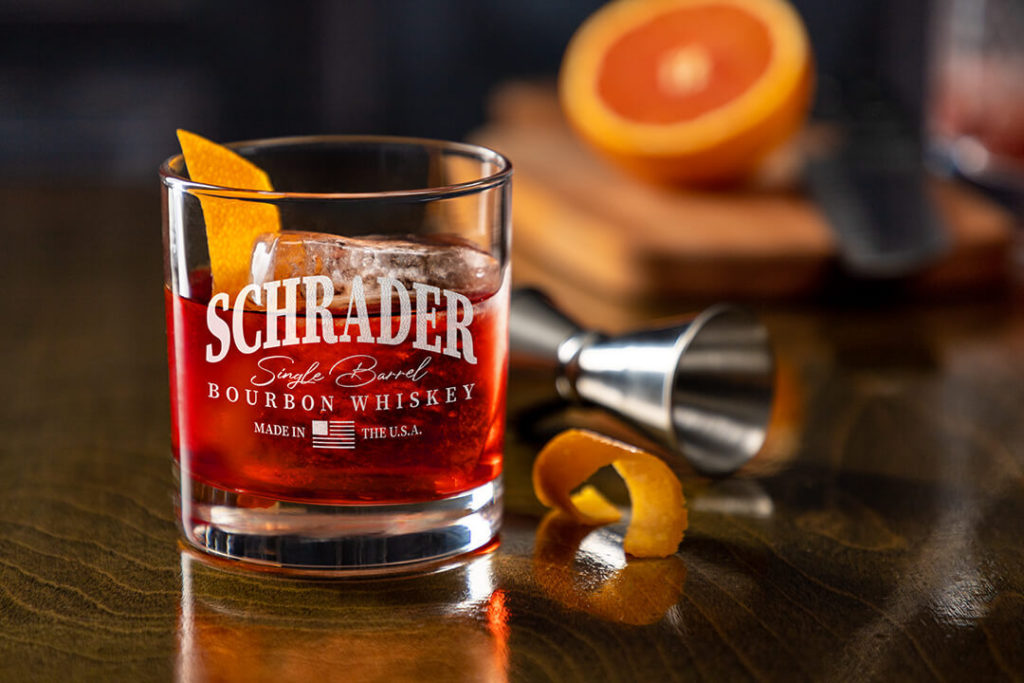
- The Boozy Dark Delight - November 27, 2024
- 3 Christmas Mocktails You Need to Make Your Holiday Party a Hit - October 7, 2024
- The Gold Rush – A Camp Cocktail - August 14, 2024


